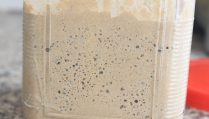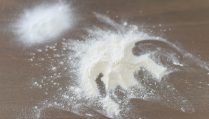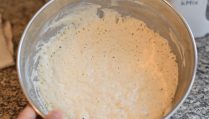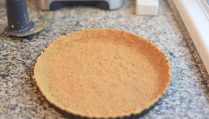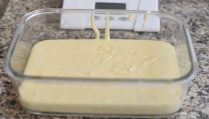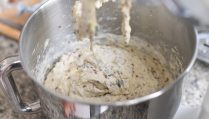Anybody who baked bread had surely came across preferment dough at some point, they are used in many bread recipes and for a good reason, they add so much flavor and texture to the loaf, replacing them with regular yeast, will be impossible.
What are Preferments?
Preferments are as the name inclines a fermented dough that precedes the main bread dough.
It’s made out of water, flour and a leavening agent of some sort, yeast is the main one (the main leavening agent) or sourdough which is a fermented dough culture (which will be discussed in future articles in depth).
The preferments don’t usually replace the yeast (excluding the sourdough) and act as a boost to the yeast but more important add depth of flavor and texture to the bread.
The main differences between the preferments are in the amount of water, the flour can be of any kind and only depend on the recipe and personal taste but the preferment name is only a % of the water out of the dough.
The preferment dough can consist up to 50% of the loaf weight and should not be more than that or it will affect the taste and total fermentation time of the loaves.
Tips for success
- Longer fermentation time needs to take under consideration the amount of yeast in the preferment, so longer time needs less amount of yeast, we want the natural enzymes to expand in a more monitored environment and not to consume all the sugars.
- Biga and Poolish contain different amount of water so every recipe can be made with either of them but hydration level needs to take this under consideration and adjust the total water percentage.
- preferment should not be more than 50% of the final dough because over using these great leaven agents will raise the amount of sugars in the dough making the gluten ties less strong due to higher consumptions of the yeast.
Biga Preferment dough
Biga is the Italian term for a preferment dough, it consists of water, flour and yeast in a percentage of up to .2% of the preferment total weight.
Although Biga is pretty similar to Poolish, it is common in Biga to have a lower hydration level which means the preferment dough will be stiffer than the Poolish preferment.
It is also a custom to add higher yeast % to Biga, up to .2%, than to polish because the stiff dough makes the preferment longer to expand, the yeast movement is slower when the hydration level is lower (liquids help the yeast get to the starch). In this sense Biga is built for a longer period of time, 14-20 hours is quite OK for Biga since the low amount of yeast will cause a slower development of acetic and lactic acid production (this will create a deeper flavor in the dough).
here’s a simple formula on how to use Biga calculation
- 250g flour – 100%
- 150g water – 60%
- 2.5g (1 tsp.) dry yeast – 1%
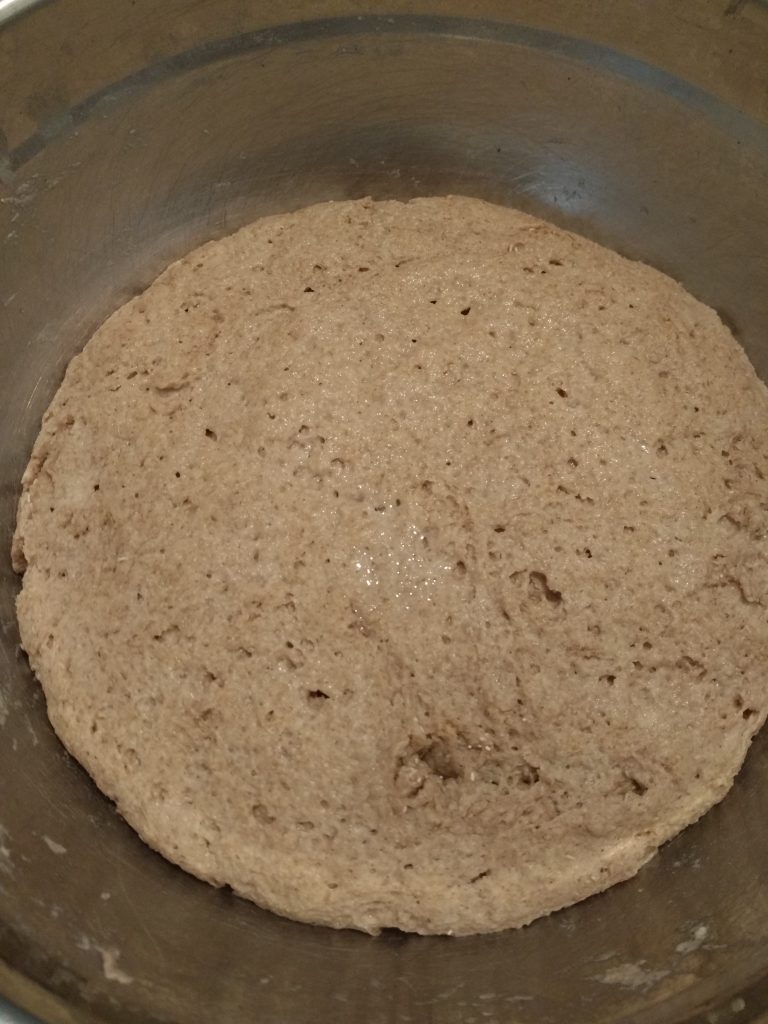
Poolish Preferment dough
As the name implies, this technique was first introduced to the world thru polish bakers, it’s a story without real facts but we might as well keep it. Today the Poolish is performed in every bread dough bakery and gives the bread it’s great texture and nutty aroma.
Poolish consist of 100% hydration level, equal parts of flour and water with up to 0.2% yeast. The 1:1 ratio makes the Poolish a very handy and comfortable preferment to use in a bread since the calculation is very easy.
The Poolish will develop in a much faster rate than the Biga, the Protease is an enzyme that hydrolyze protein, in a Poolish the amount of enzymes is significantly high which will add flexibility to the culture and will make the shaping easy and bread overall volume bigger.
The Poolish needs less yeast in order to develop and the average time for it for full maturity is 12-16 hours, depends on the weather.
Here’s an example formula
- 250g flour -100%
- 250g water – 100%
- ½g yeast – 0.2%
How does ½g of yeast looks like… well it’s just a pinch, or 1/8 tsp, can’t really be weighed, well you can but the idea is simple, Poolish needs a real small amount of yeast to develop and it’s important not to over develop it.
Many breads use poolish, it’s one of the best efficient ways to reach quality bread without a sourdough culture, here’s a recipe for a Ciabatta I made with a poolish, the flavor of the ciabatta is deep and mature much thanks to the poolish preferment.
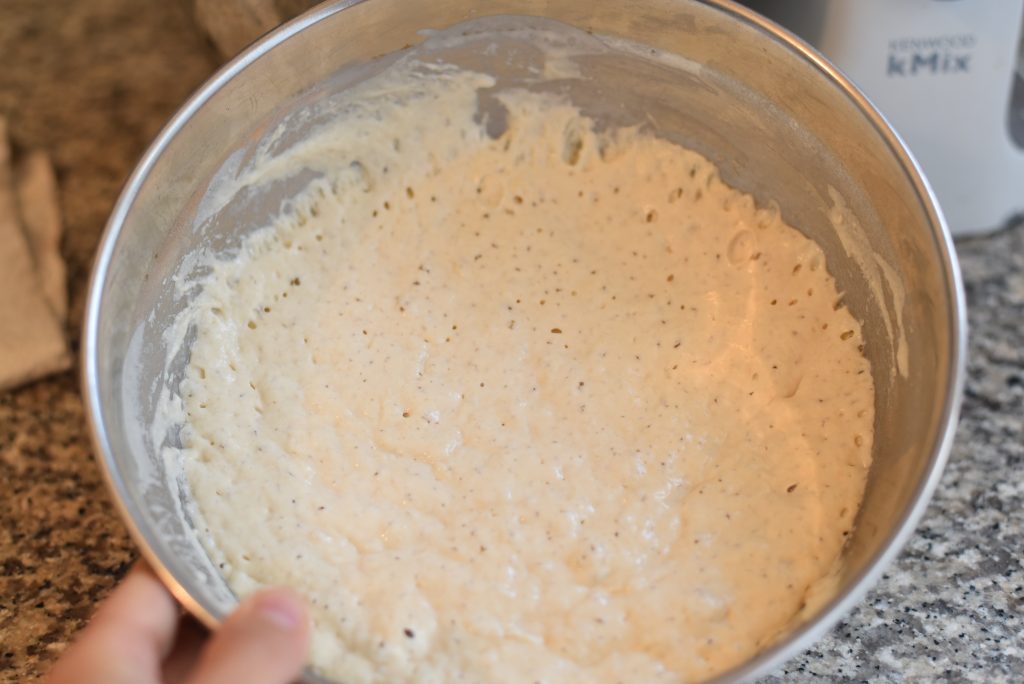
Pâte Fermentée
Pâte Fermentée is translated into ”old dough” and is as a piece dough from our last bread added to our next bread. Pâte Fermentée can be stored in room temperature for up to 14 hrs and in the refrigerator for up to 48hrs.
The nice thing about Pâte Fermentée is that it can be frozen as well so for the weekly baker, you can freeze a part of the dough from your last week’s bread and use it for your next loaf, creating a rich complex flavor for your bread.
The way to use Pâte Fermentée is simply remove up to 30% of your bread’s dough after the bulk fermentation and store it away.
You can also create Pâte Fermentée a day before you’re baking your loaf, you can have a clear idea how to create a Pâte Fermentée in a 5 grain bread recipe I have baked just recently.
Pâte Fermentée is the only fermented dough that we use salt in it, not the Poolish nor the Biga add salt to the dough.
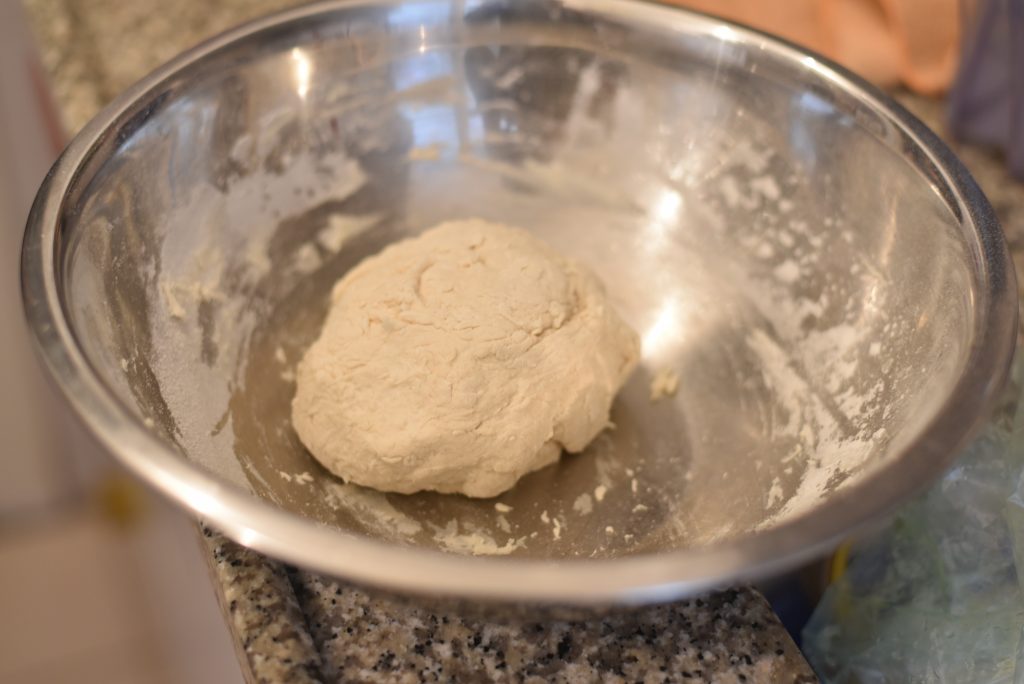
How to use Preferments in a bread recipe
As a general rule, every bread recipe that use a straight up dough with no preferments can be added a preferment dough, all we need is deduct 50% of the flour to create our preferment, for example, if I would want to take my Focaccia bread recipe :
- 600g flour – 100%
- 320g water – 53%
- 30g fresh yeast (equals to 10g dry yeast) – .6%
And transform it into a recipe with Poolish, we will take half of the flour out for the Poolish and it will look like this:
Poolish
- 300g flour
- 300g water
- pinch of yeast
The next day we will add our polish to the remaining Focaccia ingredients
- 300g flour
- 20g water
- 30g fresh yeast
And continue our recipe as usual.
So here you go, now you know the baker’s secret tools to create a professional bread with deep and complex flavors with simple and efficient tools.
Happy baking!


